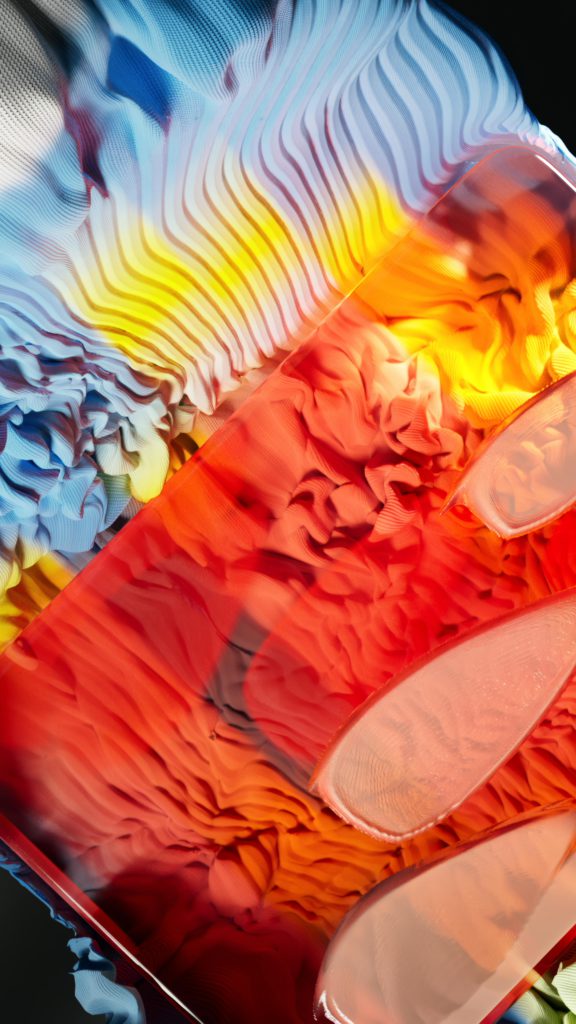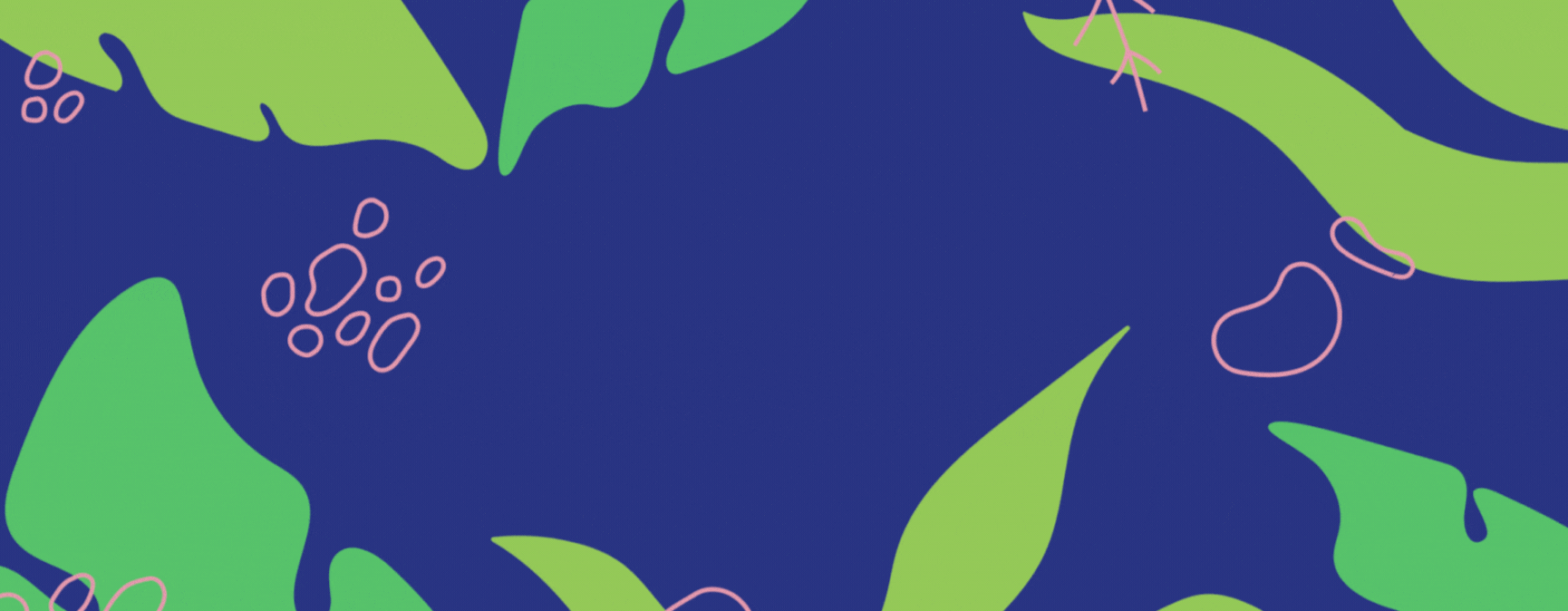The use of computers and algorithms to create designs and patterns is known as generative art. There’s something extremely unique about it, because obviously, not two pieces could be the same.

A generative artist is someone who creates art using algorithms, computer programs, or other systems that produce designs, patterns, or visuals. Instead of drawing or painting directly, generative artists design a set of rules or instructions for a computer to follow. The art is created based on those rules. This approach blends creativity with technology to produce unique and often unexpected results.
How generative art works
Generative art starts with an artist creating a system. This system could be:
- Code: Writing a program using tools like Python, Processing, or p5.js to generate visuals.
- Algorithms: Setting mathematical or logical rules that define how shapes, colours, and patterns are created.
- AI tools: Using artificial intelligence to develop designs that evolve based on input data.
Once the system is in place, it can produce countless variations. For example, a simple set of instructions might generate random shapes that fit within certain parameters. While a more complex program might simulate nature, like the growth of plants or the movement of clouds.
Why generative art is unique
Generative art is unpredictable. Even though the artist creates the system, the final results often surprise them. This blend of control and randomness makes it a fascinating and dynamic form of art. Every piece is unique, even if it comes from the same set of instructions.
Where you see generative art
Generative art is becoming increasingly popular in:
- Digital art galleries: Many artists showcase their work online or in digital exhibitions.
- NFTs: Generative art is a key part of the NFT (non-fungible token) world, where collectors buy one-of-a-kind digital creations.
- Graphic design: Companies use generative techniques to create logos, backgrounds, or visual effects.
Why it matters
Generative artists push the boundaries of what’s possible by combining creativity with technology. They show us how art and science can come together to create something truly original. Reshaping how we think about creativity in the digital age.



